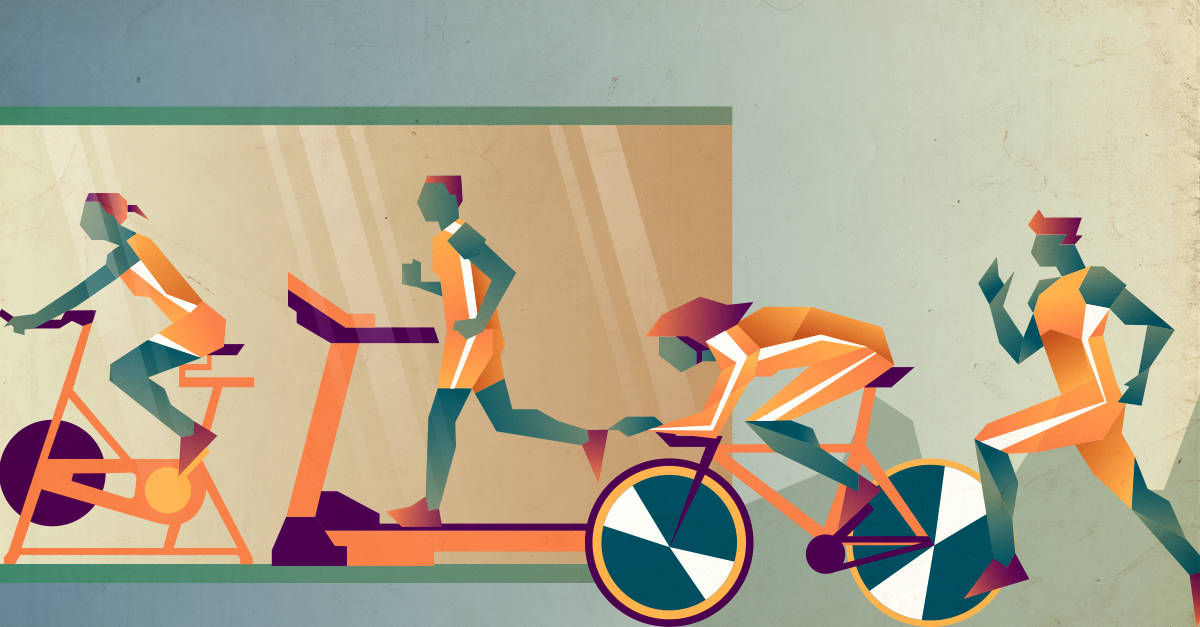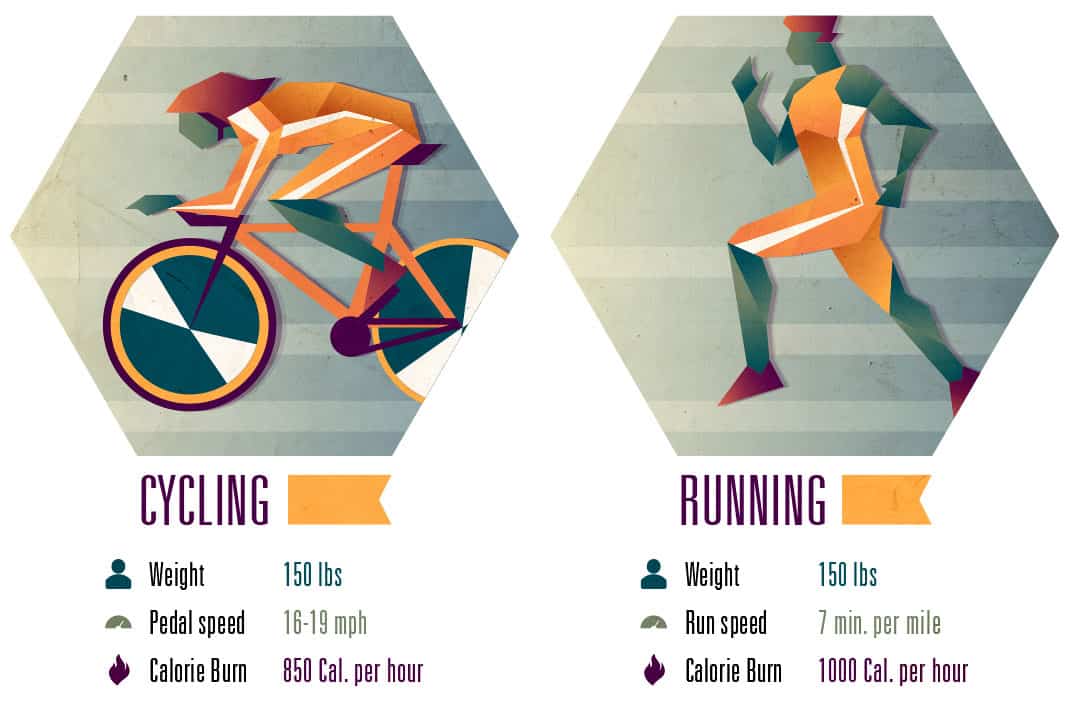Read this before your next class
You might remember the hot water celebrity personal trainer Tracy Anderson found herself in when she told The New York Times that SoulCycle, a popular spin studio with many chains in New York and Los Angeles, “bulked you up.” Reps for SoulCycle fired back saying that Anderson’s claims were both unfounded and unprofessional. But whether or not she’s right, the dispute begs the question: Is cycling, indoor or not, worth it?
A study published in the journal Brain, Behavior and Immunity seems to think so. Researchers from Appalachian State University in North Carolina found that cycling is easier on the body, namely the knees and joints, compared to running, with long-distance runners experiencing greater muscle damage, inflammation and delayed onset muscle soreness than those cycling at the same intensity.
Not to mention the slew of separate studies that say cycling helps you build stamina, better targets your lower body and, on average, results in fewer injuries than running (an annual rate that fluctuates between 20 and 80 percent).
But then, that’s when you take your bike outdoors. While indoor cycling, or spinning, is just as gentle, a small study published in the Journal of Strength and Conditioning Research suggests that for as hard as you spin, you burn less calories. “Cycling indoors may distort a person’s perception of how hard they’re working when compared to outdoor riding,” says study author Dustin R. Slivka, PhD. If you think you’re not working as hard as you are, you’re more likely to push through a tough workout.
Funny enough, a high calorie burn you can count is—you guessed it!—running. As broadly calculated by the American College of Sports Medicine, someone weighing 150 pounds who paces at a seven-minute mile burns close to 1,000 calories per hour. That same person pedaling at a steady 16 to 19 miles per hour will burn about 850 calories.
But then there’s that injury rate, which is made worse when runners don’t practice proper form. A report published in Medicine and Science in Sports and Exercise finds that up to 56% of runners experience shin splints and knee aches each year as a result of striking down on the ground with their forefoot instead of their heel.
Of course, that’s not to make it seem like cyclists never, ever get injured. In fact, cyclist accidents played a role in nearly 86,000 of the 447,000 sports-related head injuries treated in emergency rooms in 2009, reports the American Association of Neurological Surgeons. That was more than any other sport, including football.
Those statistics don’t apply to spin classes, but they do show you that practicing any sport improperly can reverse its initial benefits; in which case, in order to determine which kind of cardio you’re better off doing, you first have to take stock of your individual needs.
We know—it’s not the definitive answer you were hoping for. But the truth is cycling and running are great forms of the aerobic exercise, or endurance activities, the U.S Department of Health and Human Services recommends adults get 150 minutes of on a weekly basis. When you meet this guideline, you help lower your risk of premature death, heart disease, diabetes and even depression.
That’s not all. The guidelines also recommend strength-training (think pushups, situps and lifting weights) at least twice a week for added health benefits. Given the nature of both aerobic sports, there’s no reason someone can’t have their cycling and running, too. Switching between the two may just be your best bet.


